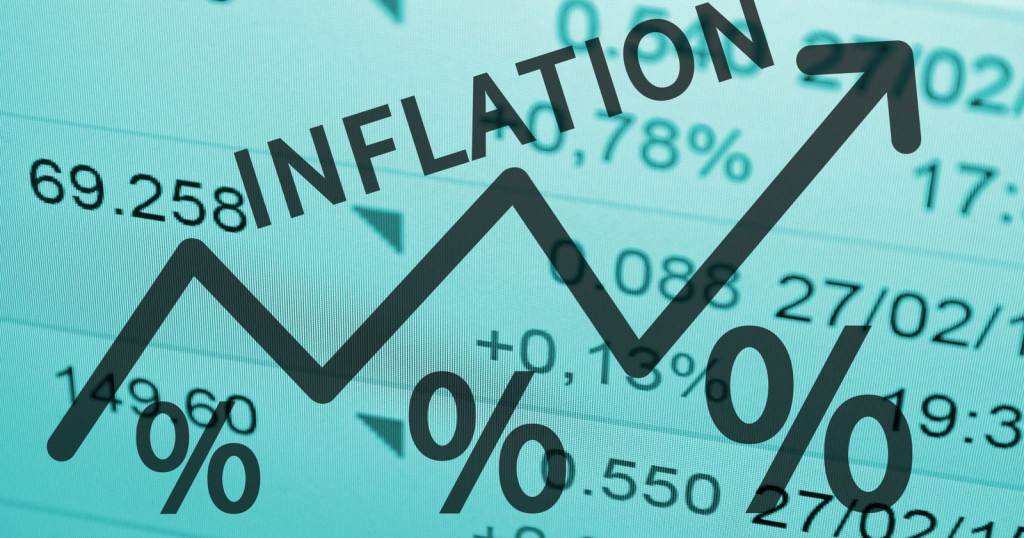The National Bureau of Statistics (NBS) recently released the January 2023 inflation report, showing that consumers’ prices rose by 47bps to 21.82% y/y (December: 21.34% y/y) – the highest level since September 2005 (24.32% y/y). We attribute the elevated price pressures in the review period primarily to the impact of chronic PMS scarcity and the corresponding higher fuel prices. According to the breakdown, pressures were significant across the food (+56bps to 24.32% y/y) and core inflation (+66bps to 19.16% y/y) sub-basket.
The outturn is 50bps higher than Cordros’ estimate (21.32% y/y) and 52bps higher than Bloomberg’s median consensus estimate (21.30% y/y). On a month-on-month basis, headline inflation increased by 15bps to 1.87% (December: 1.71% m/m).
Food prices hit a 13-month high in January as the food index advanced by 20bps to 2.08% m/m (December: 1.89% m/m). The breakdown provided showed that price increases across the Processed food (2.14% m/m vs December: 1.85% m/m) and Imported food (1.50% m/m vs December: 1.47% m/m) sub-baskets neutered the moderation in the Farm produce (1.90% m/m vs December: 2.01% m/m) sub-basket. Amid the persistent shortage of food produce driven by the lingering impact of the flood incident in the prior year, we attribute the further deterioration in food prices to the passthrough effect of higher transportation costs on food prices. As a result, on a year-on-year basis, food inflation (+56bps to 24.32% y/y) advanced to its highest level since October 2005 (24.56% y/y), supported by higher prices across the Farm produce (+31bps to 23.93% y/y) and Processed food (+63bps to 24.43% y/y) sub-baskets.
After the moderation observed in the previous month, the core inflation rose by 49bps to 1.82% m/m in January. Based on our analysis, at 0.81, there is a strong positive correlation between PMS prices and transport costs. Hence, given the chronic PMS scarcity witnessed in January, we are not surprised that transport costs (+21bps to 1.99% m/m) increased to their highest level since June 2016 (2.15% m/m). Sifting through the rest of the core inflation sub-baskets, price pressures were also significant in the recreation & culture (+12bps), utilities (+9bps), education (+7bps), health (+5bps), and clothing & footwear (+4bps) sub-baskets. Conclusively, the core inflation basket maintained its uptrend on a year-on-year basis, rising by 66bps to 19.16% y/y – its highest print in 15 years.









